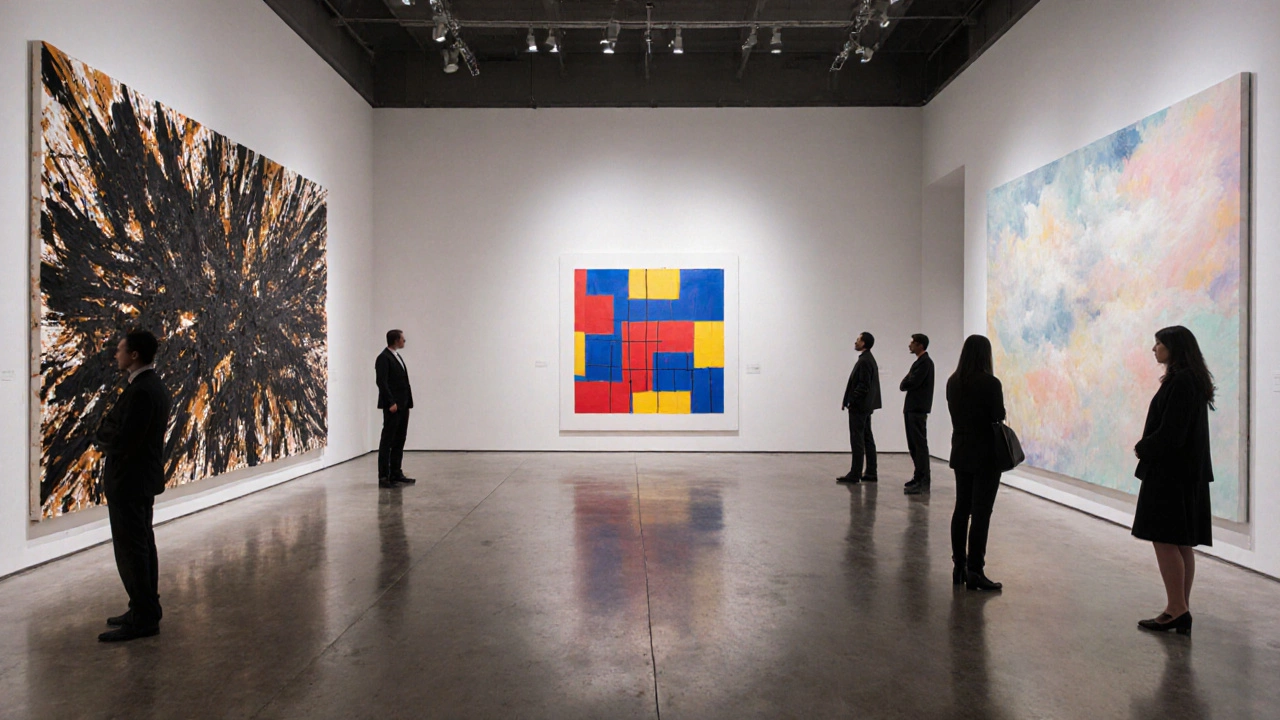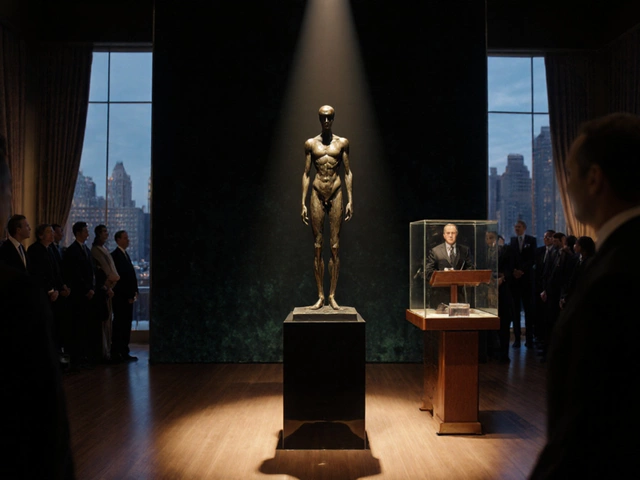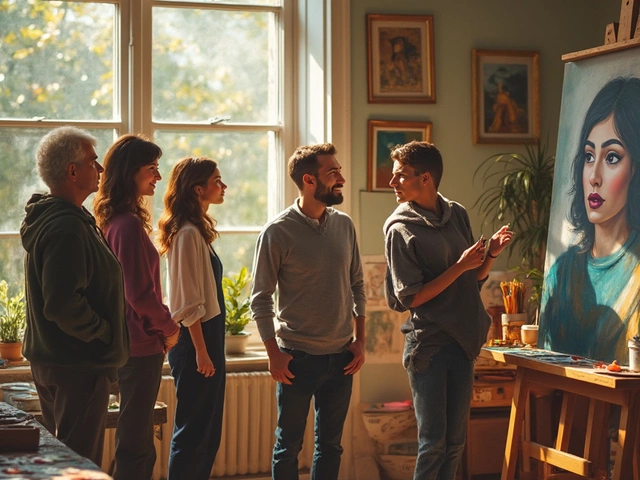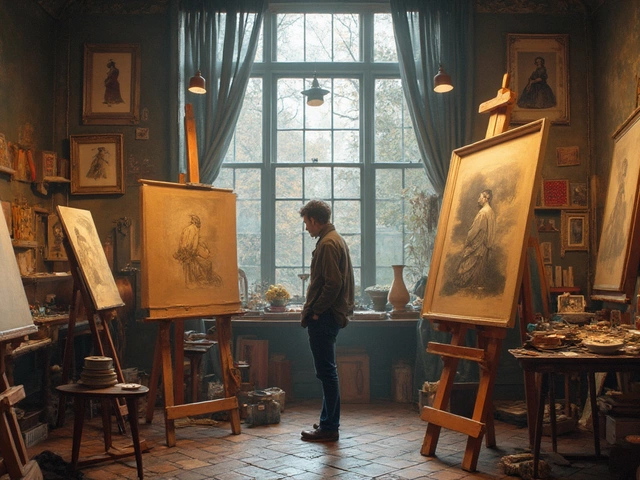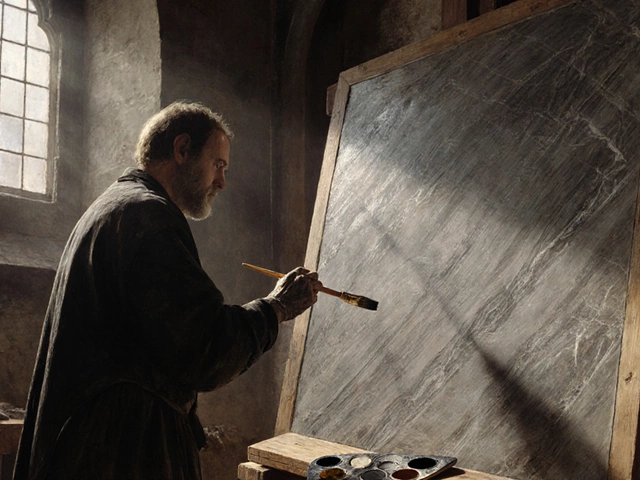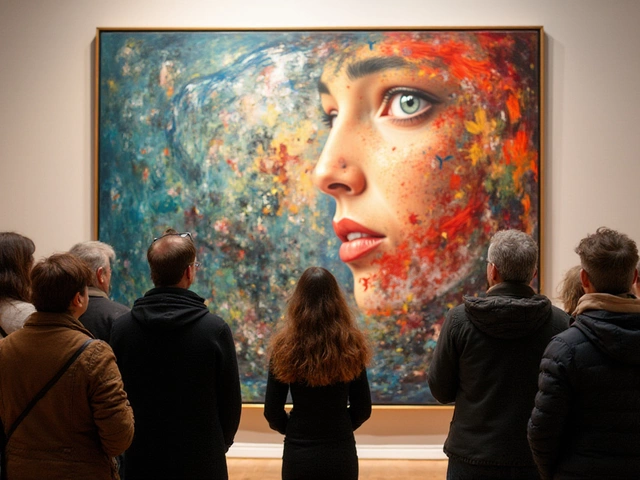Abstract Art Types: A Practical Overview
When working with abstract art types, the various styles that break away from realistic representation. Also known as non‑representational art categories, they let artists focus on color, form, and emotion rather than literal subjects. abstract art types shape how we talk about modern and contemporary movements today.
One major branch is abstract expressionism, a post‑World War II movement emphasizing spontaneous, gestural brushwork. It directly influences the noise‑filled canvases of the 1950s and still sparks studio experiments. Another key style is geometric abstraction, art that uses clean lines, shapes, and mathematical precision. Artists like Mondrian turned grids into a visual language, showing that abstraction can be orderly and logical. color field painting, a subset focused on large swaths of flat color to evoke mood emerged in the 1960s, proving that a single hue can carry as much weight as a detailed scene.
How These Types Connect to Modern and Contemporary Art
Abstract art types are not isolated; they encompass movements like modern art and contemporary art. Modern art, which spans the late 19th to mid‑20th centuries, gave birth to many abstract experiments. Contemporary art, on the other hand, requires artists to reinterpret those earlier abstractions for today’s cultural context. For example, a minimalist wall piece may borrow the flat color fields of the 1960s but add digital glitches—a clear nod to its historic roots.
These connections create semantic triples that help structure our understanding: "abstract art types encompass geometric abstraction," "abstract expressionism influences contemporary painting," and "color field painting requires a focus on hue and scale." Such links show why knowing the types matters whether you’re a student, collector, or casual viewer.
Beyond the big names, there are sub‑categories like lyrical abstraction, which blends emotion with loose brushstrokes, and hard‑edge painting, which stresses crisp boundaries. Each brings its own set of attributes—typical materials (oil, acrylic, digital), common techniques (glazing, masking), and typical venues (galleries, public murals). Recognizing these attributes helps you choose the right approach for your own projects.
The variety also matters for practical reasons. If you’re planning a home studio, geometric abstraction often works well with smooth surfaces and masking tape, while abstract expressionism thrives on textured canvases and large brushes. Knowing which type suits your space, skill level, and artistic goals can save time and budget.
Our collection below pulls together articles that dive deeper into these topics. You’ll find a famous quote that captures the spirit of abstraction, a look at whether Van Gogh flirted with abstract ideas, and a clear breakdown of modern versus contemporary art. Together, they give you both theory and hands‑on tips, so you can explore each abstract art type with confidence and clarity.
Three Main Types of Abstract Art Explained
Discover the three main types of abstract art-Abstract Expressionism, Geometric Abstraction, and Lyrical Abstraction-and learn how to identify, compare, and collect them.
Continue Reading